Cover photo © Hugh Hastings and used with permission – Shot with the Lumix GX7
One photography genre where professionals are still reluctant to use mirrorless cameras is sports. Though significant improvements have been made in terms of autofocus and continuous shooting speed on recent mirrorless models, DSLRs remain a solid reference for this genre. Indeed there is some way to go before we can see more CSCs being used at the most important sporting events. It is not just a question of speed but also of lenses, professional support and other aspects.
That said, there is always a small group that decides jump ship earlier than the rest. They believe in progressive technology and want to prove that it can work to the rest of us. The results they produce not only give others the confidence to experiment with the new technology but they also encourage brands to push their cameras to unprecedented heights.
For this article, Heather and I asked ten professional sports photographers who use mirrorless cameras a series of four questions about their work. We tried to include as many different sports as possible: from soccer to motorsports, from surf to the more artistic yet equally valuable genre of dance.
These photographers shoot sports for a living and their work is published in newspapers, magazines and other media so compromises in quality and performance aren’t an option.
Since we don’t have nearly as much experience shooting sports as professional sports photographers do, we also asked an additional photographer with lots of experience in the English Premier League to write a preface for us.
We hope you enjoy this article as much as we enjoyed creating it. We also send out of deepest thanks to all the photographers who took the time to provide answers and send images to illustrate the article. Please make sure to check out their websites and social profiles!
Table of Contents
- 1 Preface by Hugh Hastings (Photo Archive manager for Chelsea F.C.)
- 2 Giampiero Marchiori – Dance – Fujifilm X-T1
- 3 Chris Eyre-Walker – Surf – Olympus OM-D E-M1
- 4 Ian Cook – Various Sports – Lumix GH4
- 5 Joe Ng – Various Sports – Fujifilm X-T1
- 6 Spike Tennyson – Polo and Cycling – Olympus OM-D E-M1
- 7 Sharky James – Various sports – Sony a6000
- 8 Patrick Murphy-Racey – Various Sports – Sony a6000
- 9 Rick Maiman – Tennis – Nikon V3
- 10 Jacky Ley – Motorsports – Fujifilm X-T1
- 11 Chad Wadsworth – Motorsports – Sony A7 mark II, a6000
Note: Responses have been listed in the order in which they were received. All the images are property of their respective authors and have been published with permission.
Preface by Hugh Hastings (Photo Archive manager for Chelsea F.C.)

There is a lot of interest in the use of mirrorless cameras among sports photographers currently. At Chelsea FC we already use three Lumix mirrorless cameras for social media work, and these go into the hands of the journalists and web bloggers who work for the club, plus the full-time club photographer uses one too when working in close-up environments, such as when travelling on airplanes going to and from matches.
For touchline work, the tried and tested formula of weather resistant – and bash-resistent! – DSLRs still holds sway, but I think most people would be very happy to get a chance to carry a lot less weight around than the current DSLRs. At Chelsea, we have two very large cases full of gear, plus the extra boxes for the long focus lenses and it is all a substantial weight.
No professional sports photographer would change down to smaller gear if that meant a drop in image quality, but the quality gap between what a modern DSLR can take, and the images generated by the latest mirroless cameras is narrowing. It still has some way to go, but you can see the trend and I have already shot a match with the Lumix GX7, for instance, to see what it is capable of.
Later this year I believe Olympus is bringing out the equivalent of a 600mm and this kind of news is very important to sports photographers. If the weather seals are good on that lens and the body matches it, then this is another step forward. It all takes time. Manufacturers like Panasonic and Olympus need to see widespread take-up of mirrorless systems, in their case micro four thirds, by a large community before they can start to commit to designing and making specialist lenses, such as are required for sports photography.
Along with this they need to also work on the electronic viewfinders to make sure it refreshes quickly enough so that the experience of taking images of sports with an optical DSLR viewfinder is matched as near as possible. To me this is the biggest area where work is needed.
We have no issues with speed of focus with micro four-thirds, the weather proofing is coming along, the lenses and cameras are looking good, but the EVF area is still not yet good enough in my view.
When shooting with a DSLR you have no issues at all with seeing, all the time, what is happening in front of you, but EVF delays and blips still occur with current mirrorless cameras. I am sure this is is only a matter of time and it will be sorted. Then many sports photograhers can look to forward to carrying, on my working out, about a third of the weight of equipment that is currently used. When you have had 5 hip operations, as I have, due to wear and tear, that becomes significant news!
About Hugh: Hugh Hastings photographed the Soccer Premier League for over ten years, is an official Chelsea FC photographer and today manages the photo archive for the prestigious English club. Website – Twitter
Giampiero Marchiori – Dance – Fujifilm X-T1

1. Please tell us about yourself and your dance photography work in a short paragraph.
I embarked on my professional adventure 33 years ago, dedicating myself purely to commercial photography as a still life photographer, particularly food and beverages and frequently dabbling in portraiture as well. I turned to sports photography as an anecdote to the stagnant nature of studio photography and still life and the meticulous manual skill required to create a set for food photography. I felt the need to regain my instinct, that kind of precognition that leads you shoot something the instant it occurs. Obviously I chose the extreme, which was speed: for a little more than seven years I dedicated myself to the World Superbike Championships, ice sports, figure skating (European and international events) and speed skating (World Cup Long Track and World Short Track Championship). Naturally at the time mirrorless cameras didn’t exist and the tools we used for work were DSLR cameras with super telephoto lenses. After momentarily abandoning the sports sector, the desire to try shooting dance, a genre that has long interested me, was born.
2. What do you enjoy the most about shooting dance?
Dance photography is made up of many aspects of photography: it goes from being static in some scenes (especially for modern and contemporary dance) with spotlights or indirect lights typical of portraiture, to images with lots of performers on stage, to the rapid movement of the pirouette or Grand Jetè. It is a challenging genre that requires research and study of the diverse dances and choreographies. It is above all an instinctive kind of photography, where you must hone your instinct and have a good eye for freezing the movement at the exact moment.
I like it because it constantly challenges you. It is the study of the beauty of gestures, expressions and unrepeatable moments.
3. What is the most challenging aspect of dance photography?
The most difficult aspect, besides the technical side, is being able to communicate the emotion one feels in real life in an image. One day someone said to me, “I feel like I’m in the scene,” and that’s when I knew I’d made it. You have to love dance to photograph it.
4. Why did you choose the Fujifilm X-T1 for your work?
With the Fujifilm X-T1 it was love at first sight. I was invited to an official presentation held by Fujifilm Italia and after playing with it all day, I decided that it would become my work tool. This is when I decided to make the “switch” as it’s called, the integral transition from one system to another. Today I shoot exclusively with Fujifilm mirrorless cameras. I appreciate their great handling and the incredible quality of the files. What’s more, now that I am involved in event reportage, I find that working with a tilting monitor and live view is truly priceless. The compactness of the system allows me to limit the weight and bulk, which isn’t an advantage to be underestimated. Finally, the “vintage” approach of the dials takes me back to my manual “analogic” beginnings, to my love of shooting. To all this I must add the great quality of Fujifilm’s lenses: sharp, defined with excellent colour reproduction. And the cherry on top is their extreme silence.
I don’t have to worry about being the object of people’s complaints at the theatre due to the sound of the shutter…believe me, it isn’t insignificant!
The final challenge? To return to the SBK circuits or maybe the MotoGP World Cup. For this I am eagerly awaiting the arrival of the super zoom everyone has been talking about for some time now, and then…let the motors rumble!
Follow Giampiero: Website – Facebook
Chris Eyre-Walker – Surf – Olympus OM-D E-M1
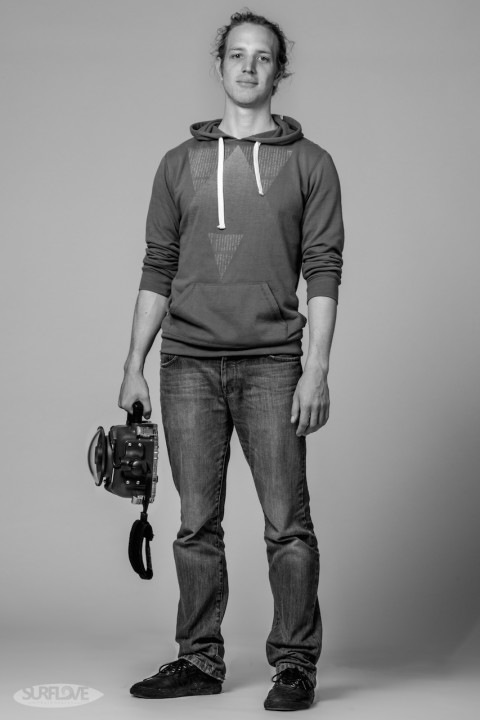
1. Please tell us about yourself and your surf photography work in a short paragraph.
I’m Chris Eyre-Walker, 25 years old, based in Sydney – Australia and I’m a self thought photographer. I’ve been fascinated by photography for over 8 years now and discovered surf photography a little over 2 years ago. My goal is to capture the unique shapes the ocean has to offer and freeze these moments in time that just last for a fraction of a second.
2. What do you enjoy the most about shooting surf?
Mostly, I enjoy that my workspace is in the ocean. There is nothing more exciting to me, than being in the water, while nature is unloading it’s raw energy onto the rocks through a big hollow, powerful wave. Being right in the middle of this can be very calming and yet exciting at the same time.
Being able to capture this energy and the unique shapes and curves the ocean has to offer, is what keeps me coming back.
Every wave is different and I don’t think I will ever capture the perfect shot that will say: ‘Alright that’s the one, You are done here!’
3. What is the most challenging aspect of surf photography?
Nature. The bigger the waves the harder it is to stay in the right spot. There is a lot of water pulling and pushing you around and it’s a constant battle to keep yourself out of danger. Nothing really compares to it. I don’t think there is a more interesting and harder subject to capture than raw, unforgiving nature. Framing a shot while swimming in though conditions is probably the greatest challenge. Perfect, curled, glowing waves are rare and a lot of factors have to come together to create the right conditions.
4. Why did you choose the OM-D E-M1 for your work?
Being a surf photographer means being on the road a lot – traveling and searching for waves. And with more long term travel plans coming up I was looking for a way to reduce the size and weight of my camera gear.
I had over 18kg of DSLR gear alone and with a big camera body comes a big underwater housing and also very big and heavy long lenses. I was using 2 bags for my camera gear alone! So my goal was to be able to pack everything into one bag when travelling. I chose the OM-D E-M1 because it suited my needs as a outdoor and surf photographer. It’s small and light, shoots 10 frames per second (or 9 in tracking mode), has a great list of features, is weather sealed and comes with a great range of weather sealed PRO lenses to work with. Olympus Australia has been an amazing partner and they’ve supported my work and helped me out a lot ever since I switched from DSLRs.
Follow Chris: Website – Facebook – Instagram
Ian Cook – Various Sports – Lumix GH4

1. Please tell us about yourself and your sports photography work in a short paragraph.
I’ve been a professional sports photographer for about 8 years and I am currently a senior photographer for sports image library CameraSport. I have covered many events from the London 2012 Olympic games, 2 Ryder cups, Commonwealth games, Champions league final, 6 Nations rugby, FA cup and I’m a licensed Premier league photographer.
2. What do you enjoy the most about shooting sports?
I’ve always loved sport; I did a lot as a kid such as football, rugby and martial arts. So sport has always been in the blood. It’s capturing those moments of sporting history, the ups and downs, and trying to capture the highs and the lows through my lens. I have had the privilege of witnessing and capturing some great sporting moments from Geraint Thomas winning gold for Team GB at the Olympics to seeing Welsh athletes exceed expectations during the Commonwealth games.
3. What is the most challenging aspect of sports photography?
The most challenging aspect for shooting sports is knowing where the action is going to take place.
It’s sort of second nature now for me, and it’s something that takes time to hone in on. There is also the competition you face, at events there can be up to 200 photographers so you need to try and stay ahead of the game and get something different to everyone else.
4. Why did you choose the Lumix GH4 for your work?
I chose to use the mirrorless system to complement my existing kit that I take to events. And once I got introduced to the Lumix GX7 and GH4 I was impressed with many aspects of these systems. They are small and the weight is really a big thing for me, especially walking around a golf course for 5 to 6 hours a day.
Other features which sold it for me was silent shutter, this is great for sports like golf or snooker because you can take frames when they are on their back swing for example. With DSLRs we cannot take frames until the ball has been struck.
The WiFi capability on these cameras I have found really useful and I have used it quite a lot at events because I can control everything on the camera from my mobile device and it allows me to see what the camera is seeing and that way I can compose the image correctly rather than shoving a heavy DSLR in the air and hoping for the best. The GH4 has 4K Photo as an option, and this is where I have to be careful. I can only use it for certain things, for example I can’t use 4K at a football game as it is totally forbidden due to strict licensing rules, but at other events the 4K option can really come in handy. The GH4 has really helped me get some memorable sporting images. For example during the Ryder cup when Donaldson won the crucial point to retain the Ryder cup for Europe, I was unaware that Rory Mcilroy was sat beside me as I was on the edge of the green near where the families and players had gathered. Once the American conceded all hell broke loose and the GH4 came to the rescue and I got some great shots of Mcilroy and Garcia celebrating.
Joe Ng – Various Sports – Fujifilm X-T1

1. Please tell us about yourself and your sports photography work in a short paragraph.
I think I’m one of the oddballs in professional photography. Unlike most of the working pros I’ve met, I’m among the few who came to this line of work from the corporate world. I’ve spent the past 25 years holding roles in Multimedia systems, Information Technology, and Training. Photography was nothing more than a serious hobby in those years, something that I would indulge in during the limited free time that I had. In the spring of 2010, I realised that I had exhausted the passion that I once had for my career. When I was younger, I took photography classes and entered into a few contests, but I was never able to take off with it as a career. So with my family’s support, I decided to leave the organisation and pursue my dream of being a photojournalist. Since then, I’ve been working as a freelance photographer based in Vancouver, Canada, primarily focused on sport events, while some of my other assignments include corporate and theatre events, as well as wedding photos captured with a photojournalistic style.
To name a few, I’ve covered the Odlum Brown Vancouver Tennis Open, CONCACAF Women’s Olympic Qualifying Tournament, the Western Hockey League, and the RBC GranFondo Whistler.
2. What do you enjoy the most about shooting sports?
Shooting sports is essentially a waiting game. The thing I enjoy most about it is the challenge that comes with catching the unexpected moments, and being able to immerse myself in various sports environments. I like being able to tell the stories of the players I’m photographing through photo essays which document their highlights, in a way as to hopefully inspire others.
3. What is the most challenging aspect of sports photography?
I think that the most challenging aspect of sports photography would definitely be making sure you fully understand the game.
Every action or moment passes by in an instant and it can be very unpredictable. It’s difficult at times to follow the hockey puck and capture all the peak moments of the game, but if you understand how the game is played, you get a better sense of where to place your focus point and wait for the action to come to you. Even though you might not be right every time, at least you’ll have a better chance of getting a good shot.
4. Why did you choose the Fujifilm X-T1 for your work?
Right off the bat, I was attracted to how light and compact the Fujifilm X-T1 was. There’s a very vintage feel to it that reminded me of my first camera, the Fuji Fujica ST705. Having used the Nikon D700 as my work horse since I first started as a full time photographer, it was definitely a welcome change, especially when I needed to be shooting for the entire day. I also really enjoy the external dials and controls on the top of the camera because it makes for easy adjustments to ISO, shutter speed, frame mode, exposure compensation, etc., without having to deal with multiple layers of menu.
I chose to work with Fujifilm products in general because as a company, they’re always working towards improving their products. I was very happy when Fujifilm decided to include a tilt screen on the X-T1, making it easier to shoot at both low and high angles.
Unlike many photographers, I don’t necessarily need an optical viewfinder.
I used to use the EVF when I shot videos with the Sony Betacam back in the day. With the X-T1’s preview exposure and white balance through the EVF, your eye doesn’t have to leave the viewfinder and it’ll likely result in more accurate shots. It’s a huge advantage if you can keep shooting all the time without having to go back and forth between the viewfinder and the LCD screen, especially in sports photography.
For a relatively affordable camera, the X-T1 gets the job done. One of my biggest worries was that the autofocus wouldn’t be fast enough to catch the fast-paced action in sports. I put it to work as soon as I received the camera for an assignment to shoot an indoor track cycling race. Using the 55-200mm lens, I was able to get some good shots in, though I had to crank the ISO up to 6400 the entire time. Although it’s not on the same level as the Nikon D4S or Canon1Dx, it’s definitely usable for shooting sports. I’m looking forward to test out the latest 50-140mm lens which will hopefully help me capture more action.
Disclosure – Fujifilm does not pay me to review their equipment. All my Fujifilm gear is paid by myself.
Spike Tennyson – Polo and Cycling – Olympus OM-D E-M1
1. Please tell us about yourself and your sports photography work in a short paragraph.
I live in Thailand and shoot racing bike track days at a local track and polo at one of the three polo clubs in the area. Photography is also my hobby, so I want to have gear that I can carry around easily; which is why I eventually sold all my Canon gear and moved to mirrorless.
2. What do you enjoy the most about shooting motorbike racing and polo?
Racing bikes and polo have different challenges. At the bike track I am allowed free access to all parts of the circuit, so the challenge is to get interesting shots without being run over! Polo is much more fluid and you get very limited opportunities during an afternoon to get your shots. You never know what shooting opportunities are going to arise and the post event photo review is always enjoyable (or sometimes disappointing).
3. What is the most challenging aspect of sports photography?
For any sports, accurate tracking by the camera and an ability to pan by the photographer are essential.
Racing bikes are predictable (usually) so setting up a shooting spot and panning are comparatively easy; but you need to find the right shutter speed to blur the background whilst keeping the vibrating bike sharp. Polo has the extra challenge of being spread across a large field, with horses crossing each other and in pursuit of the ball. You need to follow the action carefully, preferably with a zoom, and then be ready to press the shutter when something interesting happens.
4. Why did you choose the OM-D E-M1 for your work?
The E-M1, especially with firmware version 3, has good subject tracking and a high frame rate; both essential for sports photography.
The 40-150mm lens is ideal for polo, and others such as the 75mm and 12-40mm are ideal for racing bikes. And I can hand-hold all day without wearing out my arms, something I couldn’t do when I was using Canon gear.
Follow Spike: Website
Sharky James – Various sports – Sony a6000

1. Please tell us about yourself and your sports photography work in a short paragraph.
Growing up in Illinois, I took up photography seriously in high school with the school newspaper and yearbook. That lead to shooting for the local newspaper while still in high school then majoring in photojournalism at the Walter Cronkite School of Journalism in Arizona. I’ve been a career photojournalist (aka newspaper photographer) for most of my photographic life and while I don’t follow sports, it’s what I enjoy photographing the most. Most of my Arizona Newspapers Association/Associated Press awards are for my sports photography work. You name the sport, I’ve shot it at some point.
2. What do you enjoy the most about shooting sports?
Since I don’t follow sports, it’s not a particular team or the game itself. I know just enough to be dangerous and I think that actually makes me a better sports shooter. I’m not caught up in the game. I’m looking to make the best images I can. I enjoy the challenge of anticipating the action and capturing moments which are difficult to get.
Every sport presents its own challenges and it’s fun figuring out how to overcome those challenges.
3. What is the most challenging aspect of sports photography?
I’ve shot sports for three decades now so I don’t think of it as challenging anymore. If you’re new to sports photography though, it’s capturing that peak moment of action. The decisive moment as Henri Cartier-Bresson called it. Being able to get photos of the ball as it makes contact with the bat or the football as it’s about to touch a receiver’s fingers in mid-air rather than a foot or two away is ideal, but that takes lots of practice. Lighting is also a challenge. I mostly shoot high school sports so I’m shooting in some pretty horrid lighting conditions. You learn to assess the lighting situation and make it work.
4. Why did you choose the Sony a6000 for your work?
As a pro, you choose the best tool for the job. I own Nikon’s top pro body, the $6,500 D4s, but I love a challenge and in recent months, to prove to myself and others that it can indeed be done, I’ve grabbed the a6000 and the Sony FE 70-200mm f/4 G OSS rather than the fancy Nikon gear. Literally one day after I received my a6000 and that lens, I shot the Utah state high school football championship at the University of Utah with that combo.
The look from my fellow photojournalists was priceless. They thought I was crazy until they saw that I was able to get the shots they did.
It blows my mind that I’m able to get the job done with $2,000 worth of Sony gear vs. $10,000 in Nikon gear. That’s craziness.
Would I shoot a Super Bowl or Olympics with the a6000? No. That’s when you grab the D4s. That said, my photos show that with good technique and timing, you can certainly come away with great results. The a6000 is a stunningly capable body. While I use and review cameras from other brands on my Lens Shark Photography Podcast, I find myself using the Sony gear personally more than anything else.
Follow Sharky: Website/Podcast – Instagram – Youtube – Twitter – Facebook – Pinterest
Patrick Murphy-Racey – Various Sports – Sony a6000
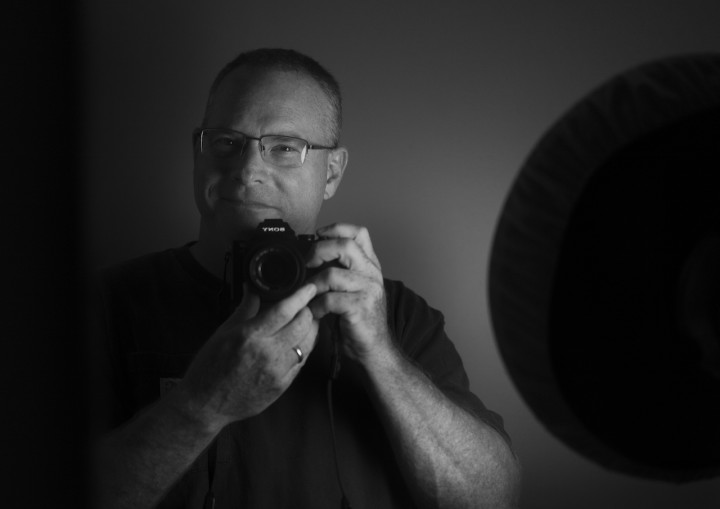
1. Please tell us about yourself and your sports photography work in a short paragraph.
I have been shooting sports images since 1986 when I began working in newspapers while still in college. I started in old dark high school gyms and poorly lit football fields and as I got better, I started shooting college and pro sports in Milwaukee. After a four-year career in newspapers, I began to work on a regular basis for Sports Illustrated, covering the NFL, NBA, NCAA basketball, NSACAR, horse racing, boxing, and many other sports.
2. What do you enjoy the most about shooting sports?
I love the fact that you can prepare all you want to, but at the end of the day, there is a great deal of chance involved. Even though sporting events happen in a measured area of space and time, you never know what’s going to happen. Covering a freak play, four basketball overtimes, rain delays in football where one game took almost seven hours to complete, and the happen-chance of getting THE shot make covering sports always exciting, new, and fun.
3. What is the most challenging aspect of sports photography?
Predicting where the best place to be is during games, fighting with traffic, meeting impossible deadlines, and doing all of this while keeping the highest quality in my work at all times.
Sports photography is unforgiving. You must know your equipment at a much higher level than in other types of photography. Carefully selecting and manipulating custom functions is rally important, so that you give yourself and edge for each type of action you want to capture.
4. Why did you choose the Sony a6000 for your work?
First, it shoots right when you hit the button. Cameras have something called a lag-time, which is the amount of time that passes between pressing the shutter release button and when the camera actually exposes light onto the chip. The A6000 has an extremely short lag-time, meaning that you can hit that button and have a confidence that you can get the shot. Certain sports require single frame motor drive settings such as volleyball, tennis, and even basketball when using strobes. Shooting batters hitting the ball in baseball can only happen if your camera is fast enough to shoot with little or no lag-time.
Second, the A6000’s ability to shoot at 11 frames per second is great! It allows you to make sequence images in football, soccer, and other sports so that you can see a play unfold in multiple frames. 11 fps is only found in pro DSLR cameras like the Canon 1DX and Nikon D4S. To have access to the A6000 with the same frame rate for under $600 is an amazing feat of engineering, performance, and value. The A6000 is a slam dunk in this department.
Third, the A6000’s AF system is unsurpassed when it comes to options where technology can help me capture what I want on the fly. The amount of control I can exert over the AF system and how I can manipulate multiple technologies while covering games is awesome.
When you combine the world’s most advanced AF system with an 11 fps motor drive, you get an unparalleled value. You buy a Ford and get Ferrari performance.
Follow Patrick: Website – Blog – Facebook
Rick Maiman – Tennis – Nikon V3
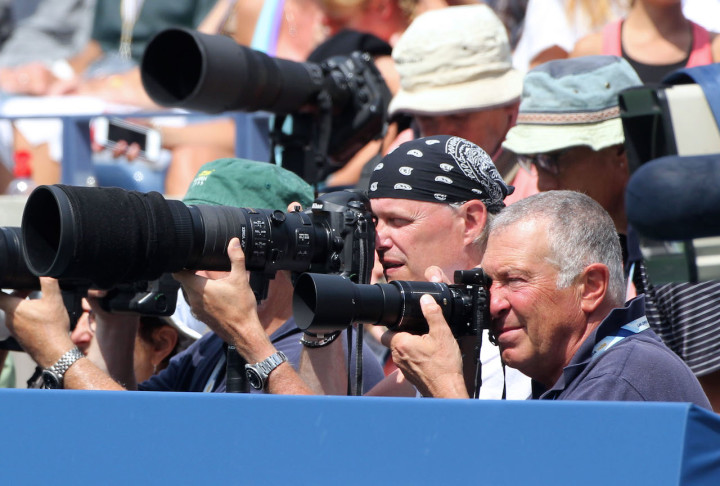
1. Please tell us about yourself and your sports photography work in a short paragraph.
I have covered all kinds of sports, and found Tennis the most gratifying. All sports have their moments of exhilaration and high drama but the singular “mano -a-mano” competition of tennis, with it’s speed of service, volley and return requires so much from top pros that the equal challenge of being able to capture these split second moments in a well framed, technically adept photograph is a unique challenge. Tennis offered this to me for one, in that one of the worlds greatest venues, the US Open was in my own back yard. I have been covering it for close to three decades. We also have professional baseball and football, hockey, but the ambiance, structure and historical countenance of Tennis keeps me coming back.
2. What do you enjoy the most about shooting sports?
Sports, after all are games. Yes they require skill, teamwork, practice and performance but they do not command the significance of much of what is happening in the world. Any glance at daily headlines will show the often severe and tragic consequences of how brutal a world we live in. The suffering and inhumane treatment could make one simply want to abandon all hope. Yet sports in its myriad expression of type, and cast and vastness has proven often a respite; a way to perhaps leave the drudgery aside for a bit. Sports has a singular way for either the rabid fan or casual observer to be pulled in, kept entertained and enjoy the popularity in a gathered event with thousands of others, the celebratory social atmosphere of the pub, or the quite of one’s living room with just a tv set or even a mobile device.
3. What is the most challenging aspect of sports photography?
As has been uttered, muttered, and triumphed so often in photography it’s the decisive moment that has become the raison d’etre as well as the bane of the pursuit of perfection.
Photographers will angst at it’s loss or cheer in hallowed contentment upon realizing a moment of singular grandeur. Though all the current talk of street photography can seem if there is no other photographic endeavor, the beauty of the interplay between a photographer and capturing the elements of sports can be the most demanding. Missing a crucial play in sports often carries far more personal embarrassment and an editor’s disappointment than in many other forms of photography. That do or die choke moment of match point or the winning pitch is what keeps a sports photographer focused and alert like no other.
4. Why did you choose a CSC for your work?
Having covered, as my main involvement in sports the US Open, for so long, I had nurtured a plan early before last year’s Open to think about the use of a mirrorless camera for experimentation. Having used, quite successfully a Sony Nex system for many news and feature related assignments I was becoming involved in putting together a system around the Nikon 1 series. It seemed far fetched but the release of the Nikon 1 V3, and the native 70-300 mm lens by the time of that US Open tournament was the immersion of my no turning back moment. Nikon had finally released all the bits and bobs I needed.
The speed, and dead on focusing accuracy gave me a leg up like none of my DSLR gear. I still have it but as this coming US Open looms close ahead, I plan to cover it again with the V3.
The system isn’t perfect. Micro 4/3rds, full frame mirrorless are all proving to yield award winning results. But for me the V3 stands above for those reasons already mentioned. Until it is truly surpassed, it is still my sports gateway.
Follow Rick: Website – Facebook – Twitter
Jacky Ley – Motorsports – Fujifilm X-T1
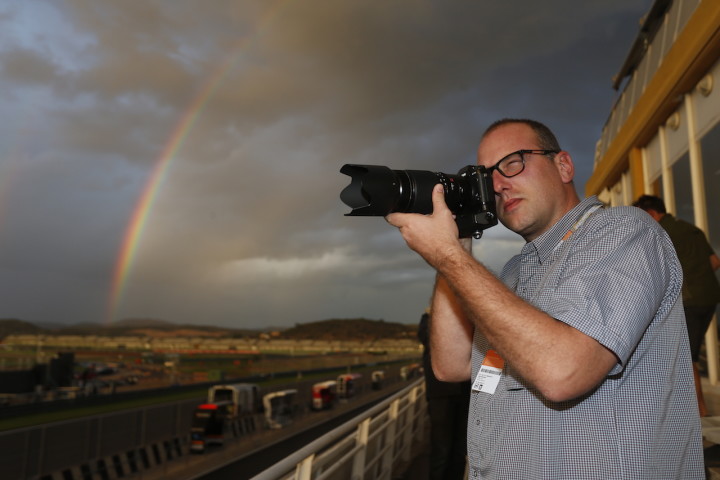
1. Please tell us about yourself and your sports photography work in a short paragraph.
I practiced photography in the entertainement industry during many years working for several french publications (Le Monde, Télérama, …). I was also passionate about motorsports so when the opportunity to work in that field came up, I took it. I cover lots of sports events but I also photograph practices and comparative tests, subjects for magazine, portraits and studio work to illustrate press articles and manufacturers brochures.
2. What do you enjoy the most about shooting sports?
It is the most complete practice. I shoot action images, portraits, studio work, macro etc. I approach different techniques that make me a versatile photographer who is never bored.
3. What is the most challenging aspect of sports photography?
It is about not taking the easy route like motorbikes on the angle and car panning shots but to find a new point of view and new techniques. It’s easy to go round in circles especially on a race track.
The most difficult part is on race track you have known for years and you go back every year.
4. Why did you choose a CSC for your work?
If the first criterias when I started to use Fuji cameras (X-E1) were weight and size, I chose the X-T1 for its continuos shooting capabilities, its continuous autofocus and its viewfinder. The electronic viewfinder is for me a very important criteria because it brings me lots of ease when working.
Even if it can be perfectioned like other aspects, Fujifilm is working in the right direction and that is for me the first thing to consider.
Follow Jacky: Website
Chad Wadsworth – Motorsports – Sony A7 mark II, a6000

1. Please tell us about yourself and your sports photography work in a short paragraph.
Deep in the heart of Texas, I’m based in Austin and got my start in photography by tapping into the city’s vibrant live music scene. My music and editorial photography has been featured in Spin Magazine, Rolling Stone, Pitchfork and numerous other online and national print outlets. I’ve also teamed up with Red Bull as one of their global photographers where each month I document emerging Red Bull Sound Select musicians at venues throughout the South, as well as cover some Red Bull motorsport at events like X-Games, Formula One and MotoGP. This year I began working with Sony as an Associate Image Artisan, spreading the word about mirrorless technology.
2. What do you enjoy the most about shooting sports?
By far, the most enjoyable aspect of sports is the atmosphere surrounding the events.
The fans are near fanatic, following the circuits from country to country. Shooting the action on track is fun but I prefer the behind the scenes reportage style coverage that may include the paddock, garage, starting grid and pit areas. Last year I had a “day in the life” assignment, following motocross legend Ricky Johnson when he piloted a Red Bull Rallycross car during the X-Games. One of the coolest parts of the day was documenting the mechanics as they rushed to repair his Ford after a wreck – not something you would typically consider “sport” but critical to the race effort.
3. What is the most challenging aspect of sports photography?
When shooting motorsports, the tracks can be several miles long – my home track at Circuit of the Americas is 3.4 miles – and covering the atmosphere, the race start, the track action and the finish can be a real challenge, especially during shorter events like a MotoGP race. You have a limited amount of time and a lot of area to cover. The key is knowing the circuit, planning you coverage and securing your transportation.
4. Why did you choose a CSC for your work?
I’ve migrated to mirrorless for many reasons, so I can’t honestly say I selected the camera specifically for Motorsports. The top three reasons would in general be 1) Weight and Size – the compactness of the A7 bodies and lenses makes a significant difference when shouldering your gear over a music festival or sporting event weekend 2) Image Quality – the Sony sensors are just so good, as are lenses like the FE 55/1.8 and the new FE 35/1.4 and FE 28/2. 3) Innovation – today, the technology packed into the a7II is class leading at its price point, and tomorrow I think we can expect models with even greater specs and features.
Certainly, high speed sports cameras like a Canon 1Dx still rule the sports world but when I see how well I can track small motorcycles accelerating to over 200mph using Sony’s current AF tracking technology in the a7II, I have a high degree of confidence that we will see a mirrorless model in the near future that levels the playing field.
Have you ever shot sports with your mirrorless camera? Tell us about your experience below!
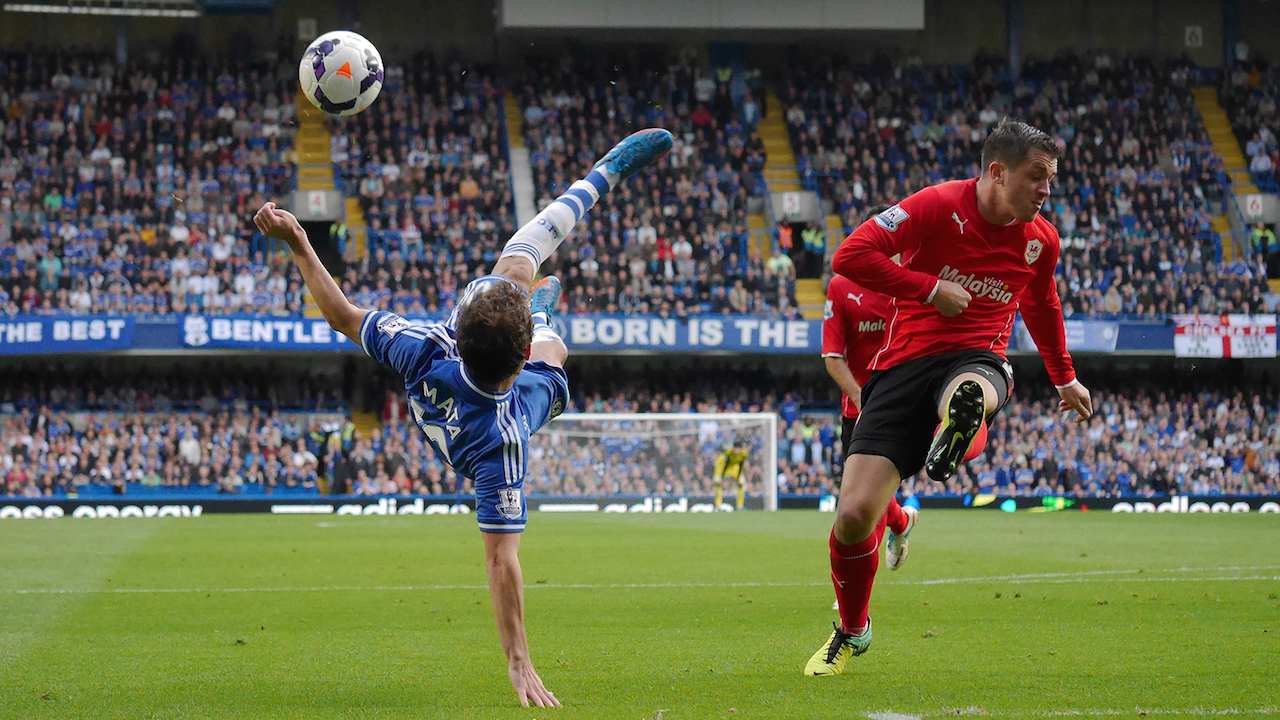
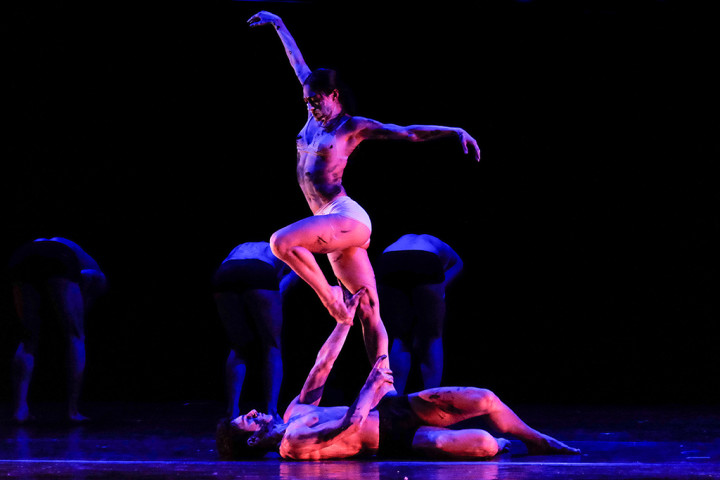
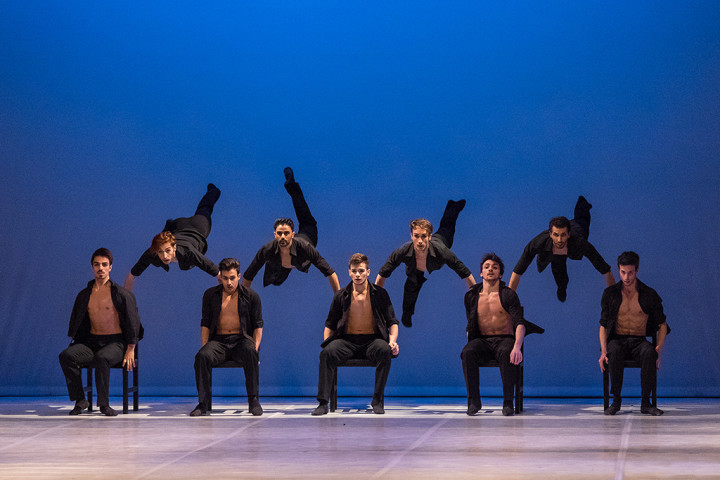
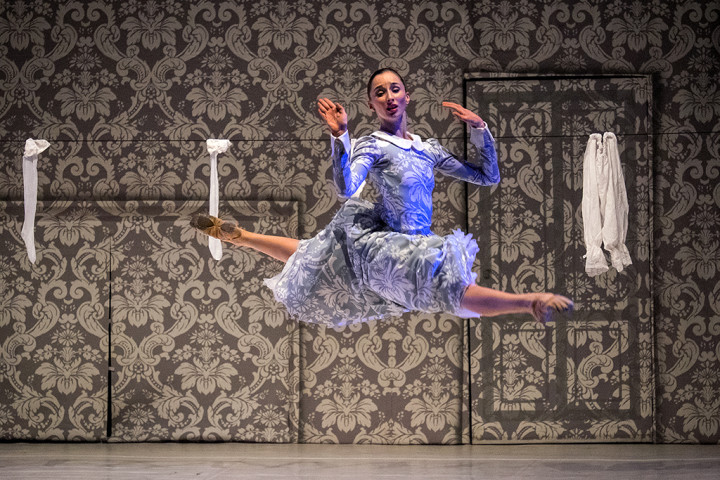
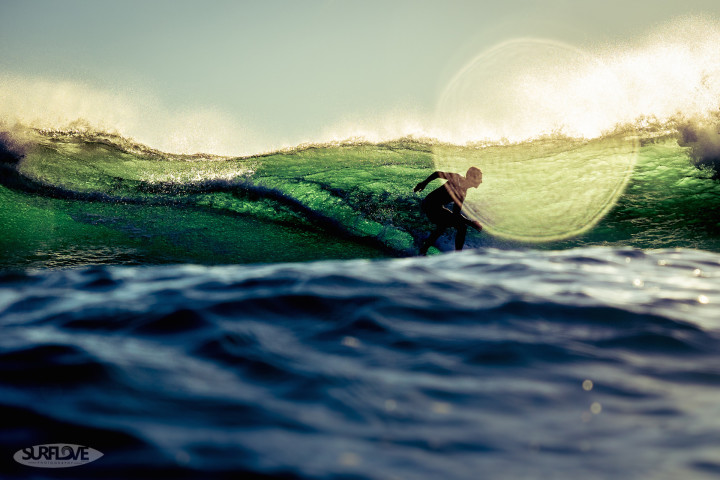


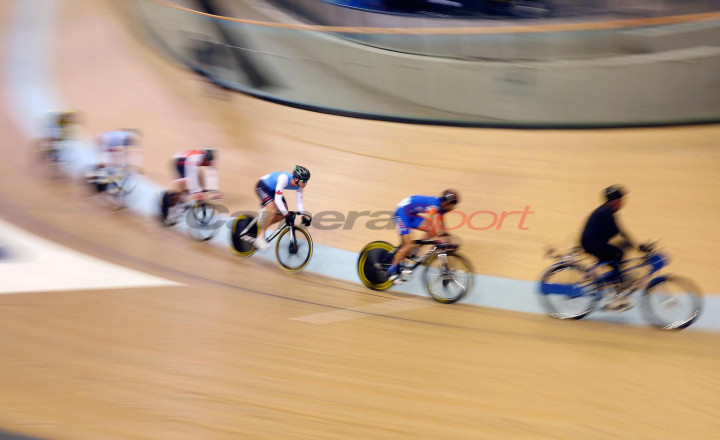

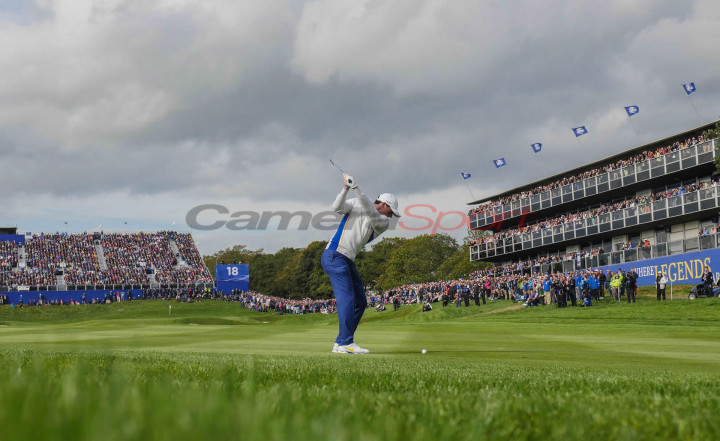
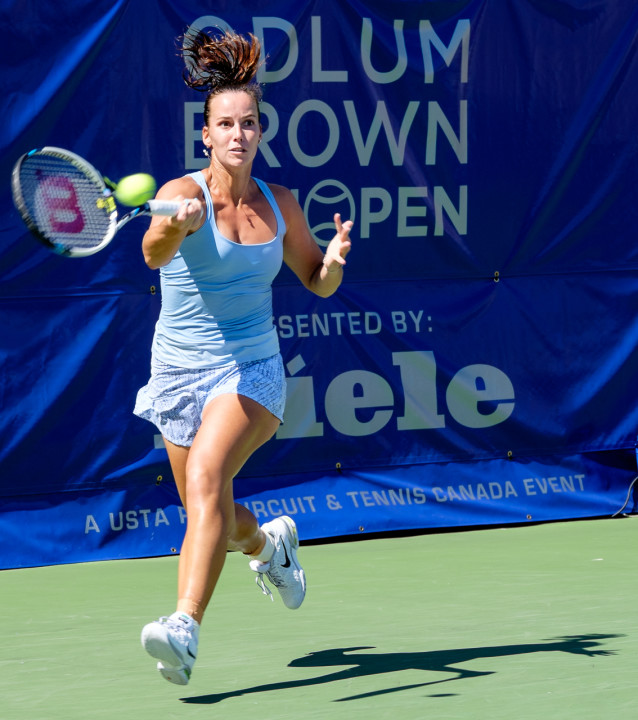
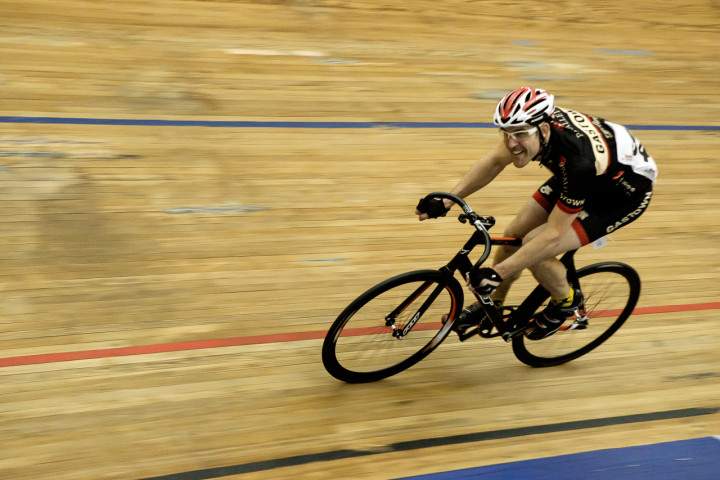
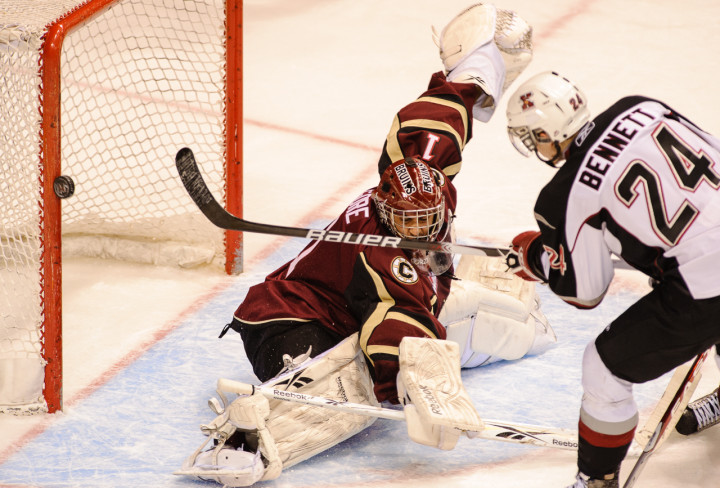

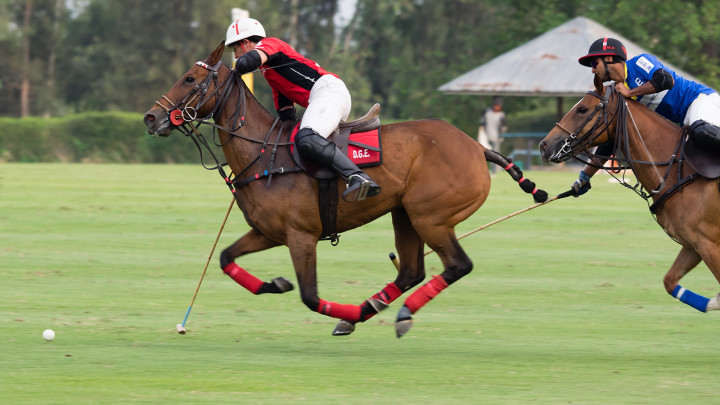
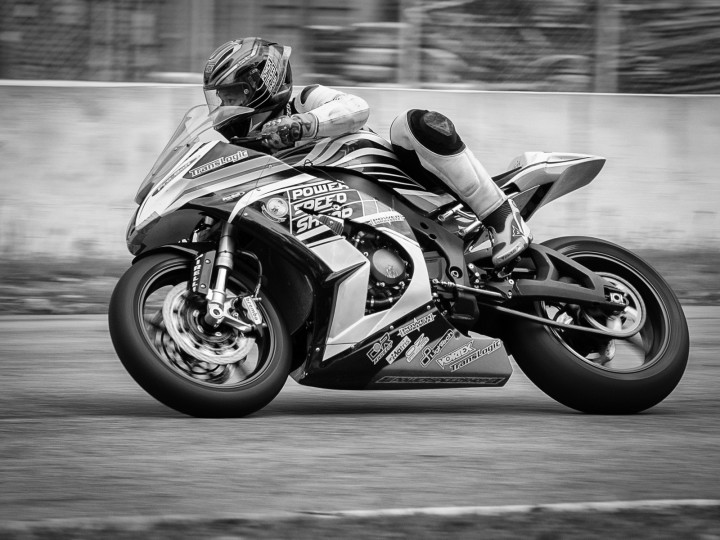
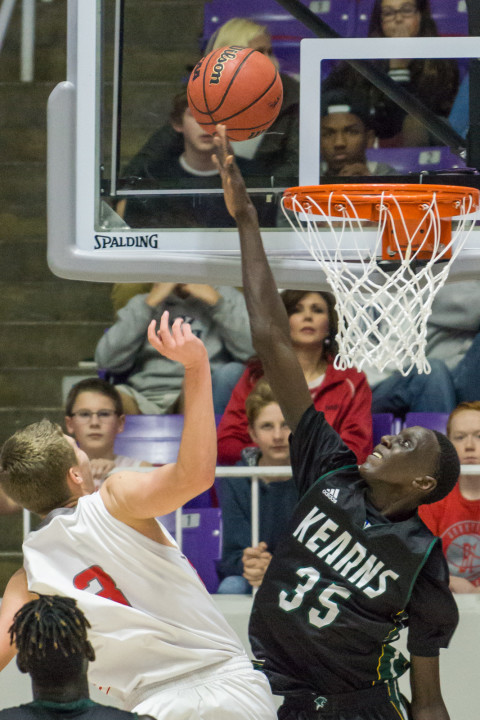


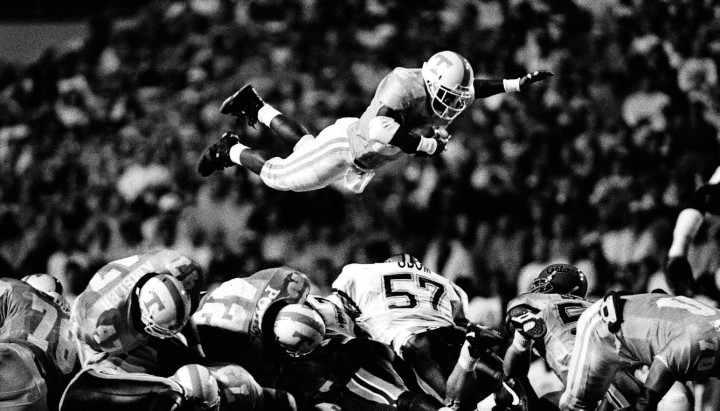
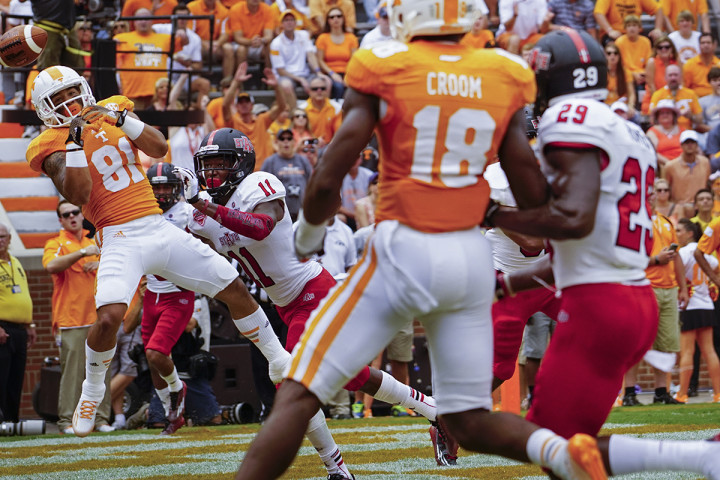
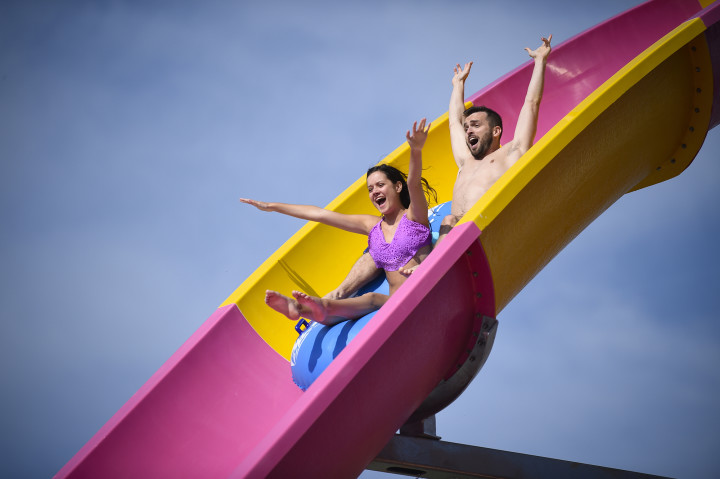
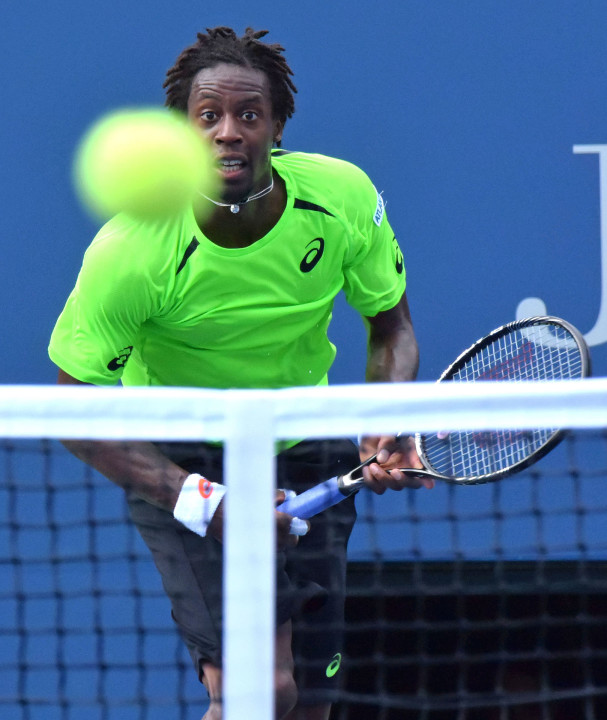
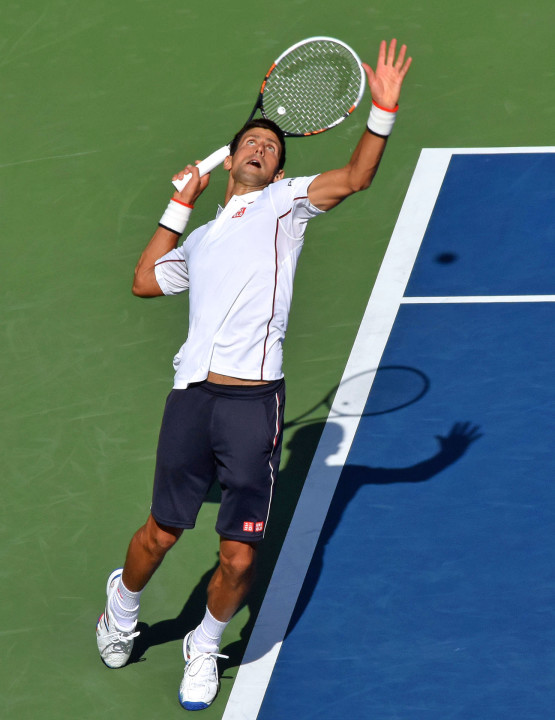
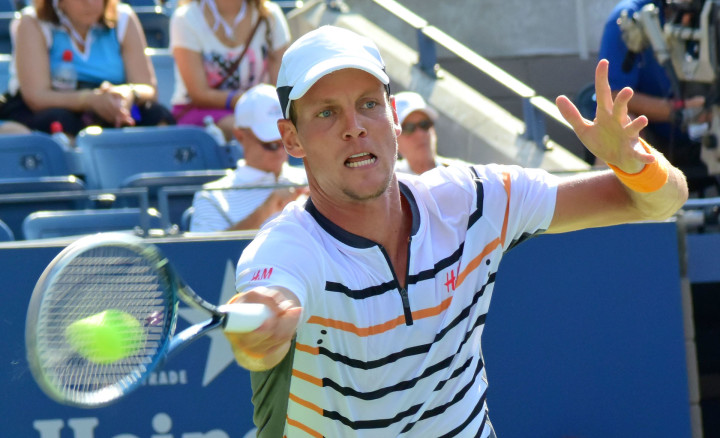
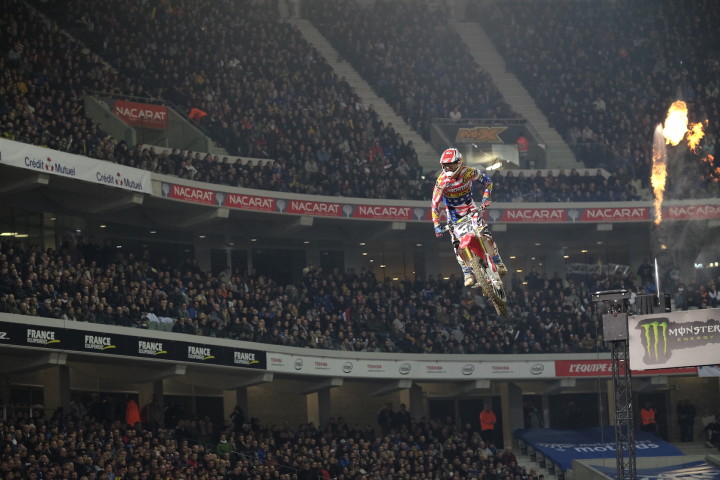
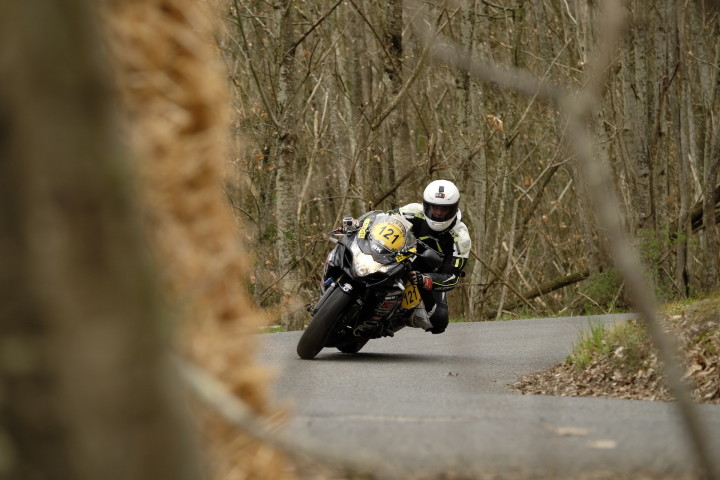
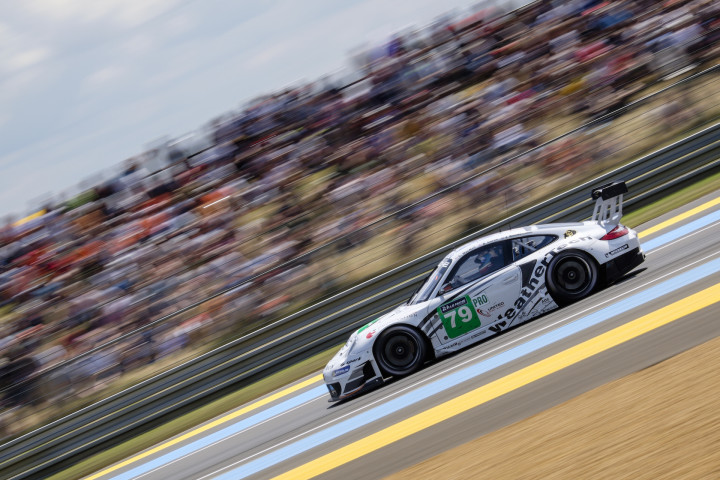

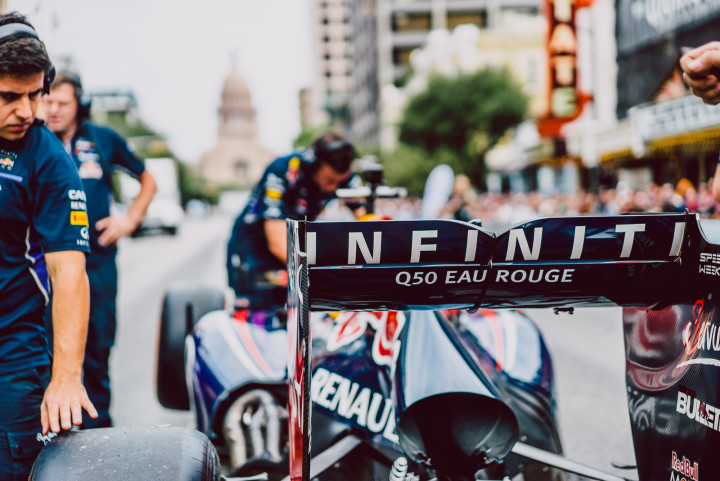

I would use them
while I go running every day, there are very beautiful landscapes in my
area and I would like to share them with you.
After seeing these photos, I’m absolutely sure that I made the right decision to shoot sports with the Nikon D4S.
Awesome. Those are some impressive results!
I shot some Sports with my a6000, i like especially the size and weight of the gear. https://www.flickr.com/photos/fabapic/
I shoot drag racing and sand motorsports with a Sony a7R and some old manual focus SLR lenses. On the starting line I’ll use HSS fill flash, typically at 1/2000th or quicker shutter. Here are some recent examples from the track: http://www.media.dragracingtv.com/2014/drag-racing-cars-barona-match-race-madness-5
The 40-150mm is a great lens. I agree about the Wifi, very useful in some situations.
I still have my E-1, which I use occasionally, so will likely keep my 14-54 and ZD-50… but the new micro 40-150 is an impressive lens, which feels much nicer in-hand than the 50-200 swd. I’d be giving up a bit of reach, unless I add the 1.4 converter — but I likely will make the switch this year and sell off the 50-200.
I forgot to mention wifi connectivity as being a great new feature in Oly’s line of cameras. This past week, I’ve been shooting the growth of robins in a nest under my porch, using wifi and my iPad. My camera is about 1 foot from the nest. No wild birds would put up with a live person being that close to their nest… but with wifi’s live view, I am THERE, remotely controlling camera settings and the shutter as I shoot stills and video.
This was my first attempt at video. I’ve since zoomed wider, to include the whole parent (which didn’t land in its normal spot!) Open examples at https://www.facebook.com/gbarry.stewart/videos/751202784995810/?pnref=story
Discussion at http://www.dpreview.com/forums/post/55745598
Thanks for sharing your experience with us. Do you plan in keeping your 4/3 lenses for now?
Long-time Olympus shooter — and now a mirrorless micro4/3 shooter. I do a weekly sports story and photo for a small town weekly paper (HopeStandard.com) and 2.5 years ago, I decided to buy an Oly E-PL5, to see if I could match the performance of my Oly E-5.
If the much-smaller-and-lighter E-PL5 could deliver, then I’d ditch the E-5 and move up into high-end mirrorless. Right off the bat, the 10 fps shutter opened up new opportunities that the 5 fps E-5 couldn’t match.
I was working with no viewfinder and kit lenses but getting the job done on soccer, softball and high school basketball and track and field. Most of this was old-school prefocus, with 3-4 shot bursts when the action arrived… but it worked. The E-5 only came out on rainy days.
Adding a Sigma F/2.8 60 (120 FF equiv) gave me a jump in quality and performance and by the end of the year, I knew my E-5 was redundant, so I let it go and bought an E-M1, which can handle my old 50-200 swd 4/3 lens.
No regrets at all. Looking for a bright future in mirrorless!
Thanks for sharing your website Mark. I’m glad to discover more mirrorless shooters 😉
I have been shooting mirrorless with Olympus PENs and now OM-D E M5 for my fly fishing coverage. My photos have been used by high quality Australian and New Zealand fishing magazines and for tackle advertising. Feel free to have a look:
https://aucklandswoffer.wordpress.com/
The small size, splash-proof body and lens selection are huge advantages when wading in the surf or climbing rocky cliff faces to get the picture!
Cheers,
Mark
Yes the Samyang fisheye lens is excellent. I am also curious about the upcoming Olympus 8mm f/1.8 fisheye but I guess it will be more expensive 🙂
Also it is always interesting to see how well a cheap and old lens that cost 40€ can still be decent on digital sensors.
tnx Mathieu for the reply.
Yes the ones taken under the net are EM1’s shots.
Taken with Fish Eye Samyang 7,5mm f/3,5. Cheap but efficient lens. MF as well.
May be not so “sharp” at max. aperture. These photos were taken @f/3,5 ISO 1000-2000 depending on the position under the net. Time approx 1/640-1/800.
In the same Volley album you can find some shots also taken with vinage lens (old Japan made Prinzflex f/3,3 200mm –> 400mm equivalent on M4/3, with M42 Adapter).
https://www.facebook.com/StudioEffeElle/photos/a.617218478415766.1073741964.201157336688551/617240605080220/?type=3&theater
Not so bad for a “low weight test” considering the incredible cheap price : approx 40 Euro on ebay Vs. big “$$$” monsters (10.000 $ or more) like prime canon or nikon 400mm lenses. 🙂
Kindly.
Fred.
Thanks for your feedback Federico. Nice pictures on your facebook page, I love the one you did with the fisheye just under the net. Is that taken with the E-M1 as well?
As non-professional user, I’m really enthusiast in using CSC Mirror Less for sport shooting. Despite the “small” sensor, of some of the CSC (talking about EM1) this camera is running very well ’till 5000 ISO. Isn’t it ? Really ?!?!! Noise is really acceptable. 1000-2000 ISO still find out top notch performace. Even if the DSLRs are still considedered the best cameras for indoor shooting, the compactness of such CSC bodies and lenses (for ex. the incredible 75 mm f1,8) makes really the difference at the end of a “full day shooting” .
Please find here some sport images with EM1 Camera, using almost the 75 mm f1,8 (ISO 1000-2000 t 1/800 approx).
https://www.facebook.com/media/set/?set=a.617218478415766.1073741964.201157336688551&type=1
tnx.
But the autofocus would be really slow, at least from my experience in using Nikkor FX lenses on Nikon 1 cameras. But with the Nikkor 70-300mm native lens for the 1 system, you get lots of reach (I think it is around 800mm equivalent).
Well, I can see only advantage of V3 – reach. If I’m Nikon shooter, I can easily get a lot of reach with my Nikkor lenses mounted on V3.
It’s not just about the image quality here. The photos from the V3 might look like they were taken by a kit lens if you want but they show something specific that publishers are looking for and that Rick explains quite well.
Most of the photos are just ordinary shots. Usually because of the photographers, some of them because of the camera (those photos from Nikon V3 look like from cheap dslr + kit lens). From this selection I’d highlight surfing photos only, they look really great. Rest is average.
Go to my blog and scroll down to my articles about shooting action with my Fuji. Buzword.wordpress.com
Thank you
John
Thanks for your feedback John. Are some of your pictures online (website, flickr, etc.)?
Thank you for participating Chris!
It’s about time. Lol I have been shooting sports with my Fuji cameras for the past two years. XE2, XT1, I cover auto racing dirt modifieds, flat track Motorcycles,Quads, Drag Racing, Lacrosse, R/C racing. People said that’s it could not be done. It has been done. No regrets. I sell a lot of images with these cameras. Published in local papers and national magazines. It all good I shoot these cameras like it did my 35mm SLR cameras back in the 80’s great read thank you for posting. Take care.
Thank you for the interview and feature in this article. Such a great read!
http://www.SurfLove.com.au
Thanks Florence and I am really pleased to read your feedback. And you are absolutely right, the most important thing is to know your gear 😉
Thanks!
Mathieu , this article touches me personally more than any other piece you and Heather have ever done . I am an amateur photographer who loves to shoot sports locally and am affiliated with a couple local rugby organizations and an ice hockey team as well . And for all my work I use mirrorless cameras….in my bag of tricks I use the Nikon 1 V1….which when I got it when the price bottomed out at around 200 USDollars…gives the greatest bang for the buck…I use it mostly on bright sunny days to shoot rugby…it does not miss a shot…well maybe once in a while…but the keeper rate is 85% in most cases….on cloudy or overcast days…I use the E-M1 or the X-t1 for rugby as well…and to shoot in the very worse light of poorly lit indoor ice arenas I use the X-T1…all with good results…I think the important thing to do is to know your gear…. don’t listen to the naysayers…and have no fear ….Love your web page and all you do for the mirrorless community. Cheers !